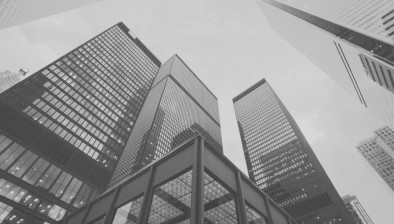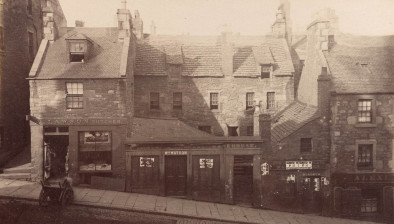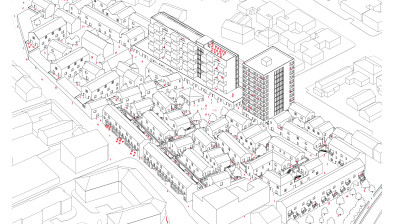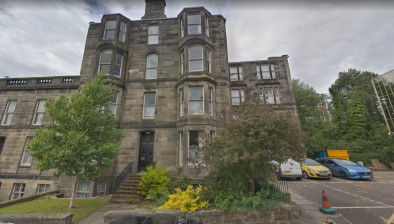Researcher claims ‘eco-treehouse’ could be future of home building
 A University of Dundee researcher has worked with architects to produce conceptual designs for a luxury ‘eco-treehouse’ capable of housing a family, regulating its own temperature and functioning on a self-maintaining, low-energy cycle.
A University of Dundee researcher has worked with architects to produce conceptual designs for a luxury ‘eco-treehouse’ capable of housing a family, regulating its own temperature and functioning on a self-maintaining, low-energy cycle.
Civil engineering lecturer Dr Anthony Leung has devised a conceptual building in order to demonstrate how modern urban development and environmental protection need not be mutually antagonistic. His sustainable design makes use of advanced engineering concepts to work with, rather than against, nature.
Conventional building materials are eschewed in favour of sustainable substitutes wherever possible, with living mature trees potentially acting as the building’s supporting columns. A natural temperature regulation system cuts carbon emissions by making use of climbing plants on the exterior walls and wooden floor slabs with excellent thermal insulation properties.
Extra protection could be provided by the tree canopy, which serves as a natural shelter, shielding the building from snow and rain. Grass is proposed to create a green roof for collecting rain water and regulating urban run-off. The run-off water could be directed to a mini-wastewater treatment plant where it is filtered for household use while any organic waste generated within the house could be collected and filtered in order to provide nutrition to the trees.
 “Structurally speaking, a tree trunk of adequately large diameter would be strong and stiff against both compression and tension,” he explained.
“Structurally speaking, a tree trunk of adequately large diameter would be strong and stiff against both compression and tension,” he explained.
“It can carry and then transmit floor loads to the foundation soil. No wood would be lumbered for space and residents can feel at home in nature. Living in harmony with the natural environment has multiple potential benefits that have, however, been undermined by the power of nature in the past.
“The point of developing this concept is to demonstrate how we can borrow the power of nature to create natural shelter for human beings in a modern, yet ecologically friendly way. This is not a proposed building in a specific site but something that will hopefully add to the debate around construction techniques.”
As modern construction methods are often energy intensive they result in high carbon emissions. Dr Leung says that the sustainability nature of current processes could be further enhanced and the pressure to develop/redevelop urban spaces means engineers, architects, owners and other professionals involved in the construction industry have a responsibility to embrace radical solutions towards a more sustainable world.
“It is a moment of paradigm shift for civil engineers to develop more innovative and low carbon emissions construction principles and methods that do not only protect our natural environment, but also work with it to create a more sustainable and resilient built environment for combating against the negative impact brought by the future environmental change,” he said.
“We all have to do our bit and to minimise the continuous depletion of limited resources in the construction industry for a more sustainable society.”
Images courtesy of Anzon Wong.









